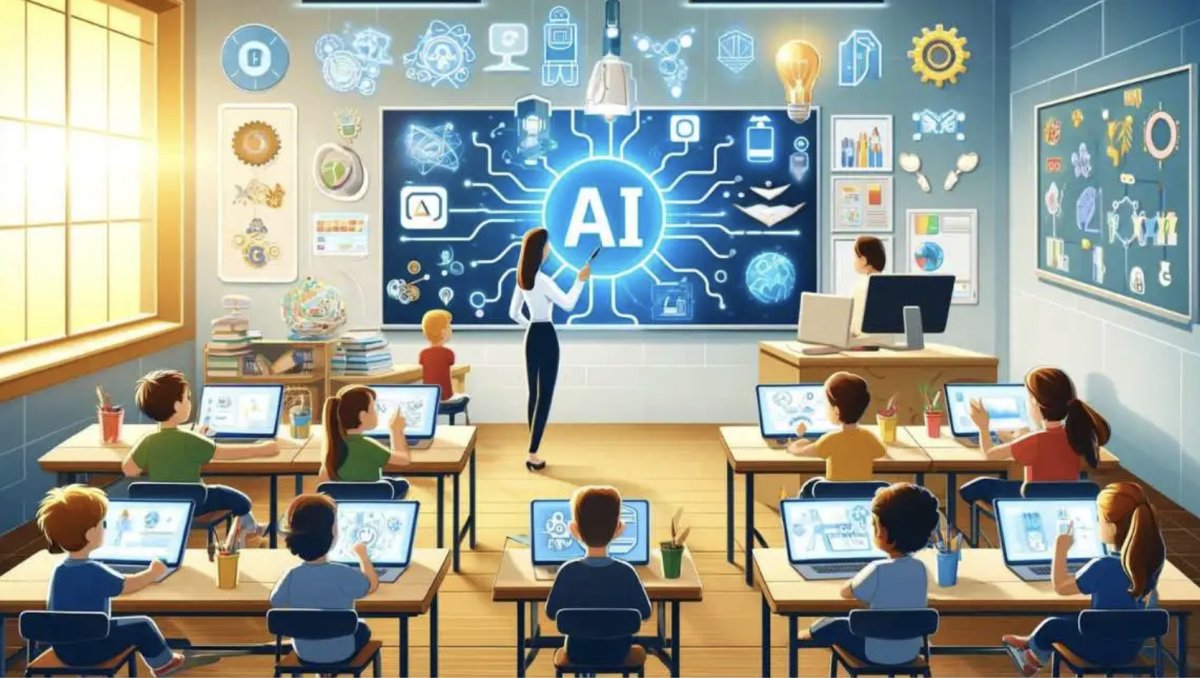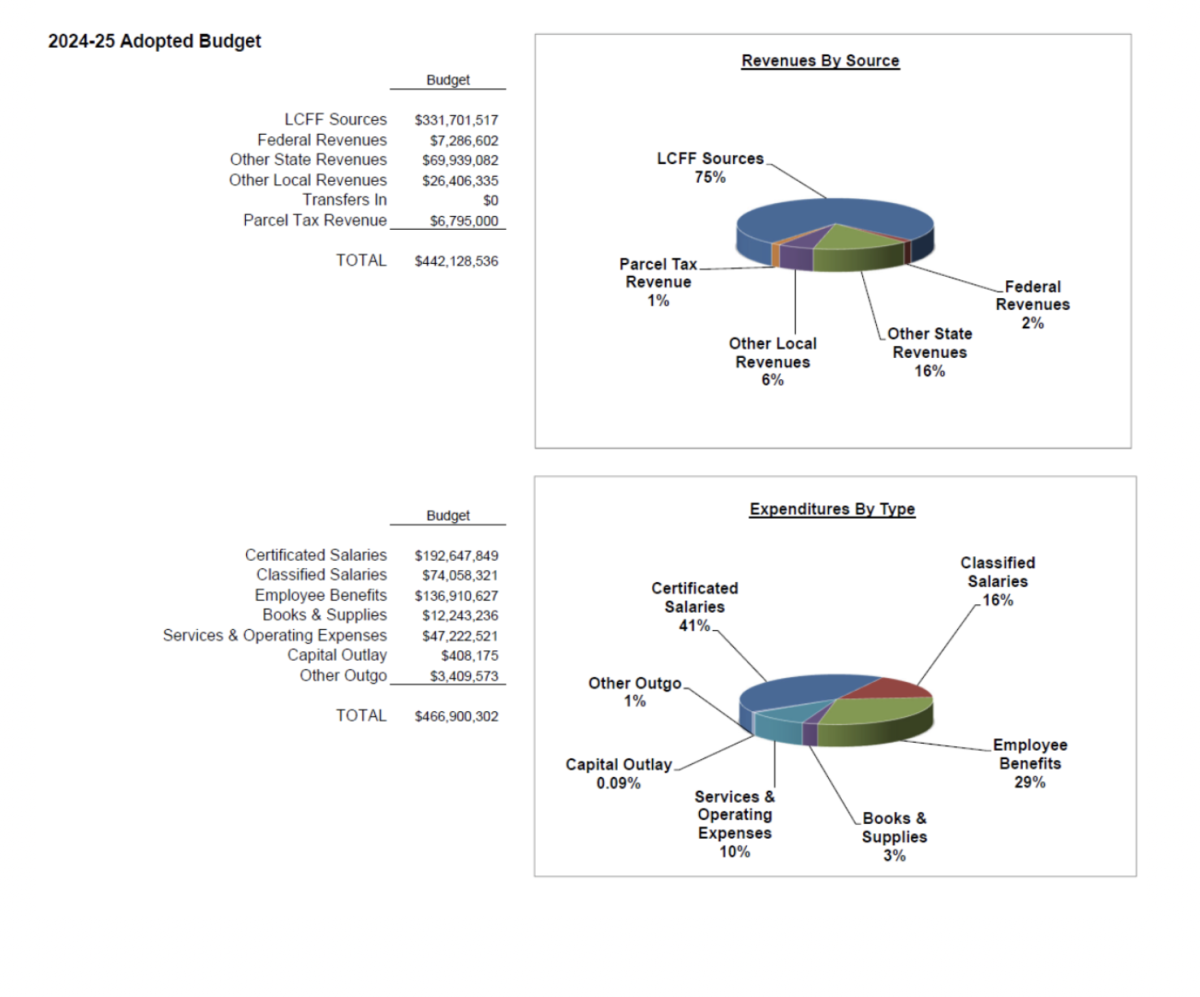As technology progresses, more students are utilizing artificial intelligence (AI) in the classroom. Currently, many of these sites, including ChatGPT, are blocked by the district. However, students have found ways around this by using their phones or personal computers to access these resources.
Recently AI in classrooms has been widely discussed on social media, leading news outlets, and in our district. The Board of Education has received various input on how to address this. There are both benefits and drawbacks to how AI plays a role in learning going forward.
Dr. Kevin Ahern, principal, said: “No one ever thought that you would essentially have all of human knowledge at your hip, but with AI and Google, you can pretty much access anything you need on your phone. To me that is an asset, not a liability. [The question remains] how do we leverage that to help our learning?”
In agreement with Dr. Ahern’s perspective, Oliver Tuggle, AP Environmental Science teacher, said, “AI is something that we can not avoid. The toothpaste is out of the tube, the tide is rising, and it is not going to go back.”
AI technology is here to stay, and the district wants to prepare students for its use in the real world. As an extension of current programs, Monte Vista is most likely going to allow access to the AI software, Google Gemini, in the following school year. AP World History teacher Samatha Goodman is Monte Vista’s official Instructional Technology Leader. Her work aims to educate teachers and administrators on what AI is and how to use it responsibly and ethically in a learning environment.
According to Goodman, “The district’s technology department is brainstorming how we can use it as a tool to continue critical thinking skills and keep students at the center of learning.”
Goodman elaborated that a specific way AI can be used in the classroom is by students uploading a rubric and having the software check it against their essay. Similarly, Tuggle has been experimenting with various applications.
“Students can watch a lecture video that I give, and then I can tell AI these are my five most important things from it. Then, the AI can question them about those points, and will not let them move on until they can demonstrate their understanding,” Tuggle said.
While cases of academic dishonesty are often at the forefront of AI discussions, environmental concerns are also being acknowledged.
“We are going to see an increased need for electricity and power the more we use it. The government has to take that into account too because that requires planning and infrastructure,” Tuggle said.
Additionally, AI’s computer processing units (CPUs) use a significant amount of energy to generate the power plants. CPUs overheat easily and frequently, often requiring water as a coolant which is harmful to the environment.
Despite these concerns, Dr. Ahern expressed how his son utilizes AI in the technology field. He explained that AI can be used to look at a hundred lines of code and debug it. In many cases, this is more efficient as it would take hours for someone to do by hand.
Although there are environmental challenges, AI can counteract many of those concerns by processing data at a faster rate to advance research. This can help assist in solving pressing global issues.
Whether one is in favor of or against the use of AI in classrooms, it is here to stay. With this aid, students and teachers will learn how to expand their knowledge, creativity, and adapt to AI in a classroom setting.









